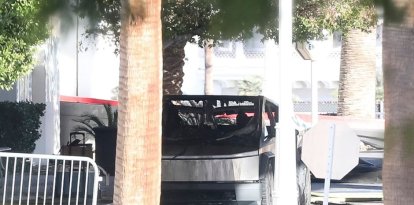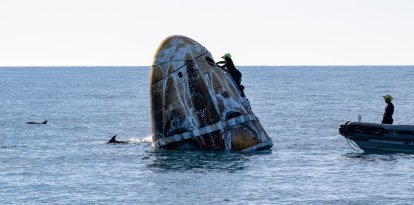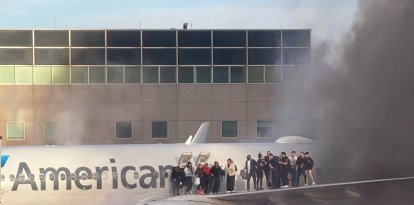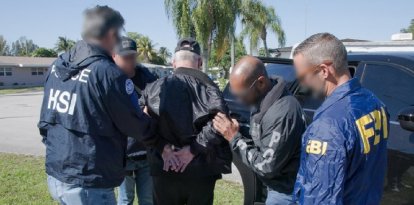SpaceX rocket fails again and causes cancelled flights in Florida due to falling debris
The main objective of this mission was not only to efficiently test the rocket's performance, but also to successfully land the first stage using the launch tower's tether arms, a complicated maneuver that SpaceX has managed to accomplish twice.

People on boats watch as SpaceX's Starship's Super Heavy Booster successfully returns to the launch pad Starbase near Boca Chica, Texas, on March 6, 2025.
The eighth suborbital flight test of SpaceX's Starship, launched from its Starbase launch pad in the Texas town of Boca Chica Beach, failed again Thursday, after its upper stage (S34) began spinning out of control before losing contact and disintegrating after reaching space. The accident resulted in debris falling to Earth, forcing the U.S. Federal Aviation Administration (FAA) to issue a no-fly order for several airports in the state of Florida, including Miami International Airport.
In a statement, the company owned by South African businessman Elon Musk explained that, "During Starship's ascent burn, the vehicle experienced a rapid unscheduled disassembly and contact was lost. Our team immediately began coordination with safety officials to implement pre-planned contingency responses. We will review the data from today's flight test to better understand [the] root cause. As always, success comes from what we learn, and today’s flight will offer additional lessons to improve Starship's reliability."
The mission objective
The main objective of this mission was not only to efficiently test the rocket's performance, but also to successfully land the first stage through the use of the launch tower's tether arms, a complicated maneuver that SpaceX has managed to perform successfully twice. On different occasions, Musk has explained that one of his intentions is to be able to recover the Starship so that it is reusable and thus drastically reduce mission resources and costs.
">🇺🇸🔴 Suspende la Administración Federal de Aviación los vuelos hacia Miami, Fort Lauderdale, Palm Beach y Orlando, #EUA, debido a “escombros de lanzamiento espacial” tras el lanzamiento fallido y desintegración de la #Starship de #SpaceX, que despegó de Starbase en el sur de… pic.twitter.com/GePQEnUhUq
— LupitaJuarez (@LupitaJuarezH) March 7, 2025
SpaceX announcers broadcasting the event live explained that the controllers totally lost contact with the rocket and pointed out that the company had already activated a debris shower response plan, also stressing that the entire population could feel safe thanks to air control. Even shortly before the end of the broadcast, the announcers explained that "we fly to learn" and stressed that the mission would achieve the expected success sooner rather than later.
Problems in January
The explosion of the spacecraft caused a shower of debris over the Caribbean and generated damage in the Turks and Caicos Islands. Musk's company contacted authorities in the area to coordinate, along with the United Kingdom, recovery and cleanup efforts. Meanwhile, the FAA had to suspend flights following the test and ordered an investigation.
RECOMMENDATION




















